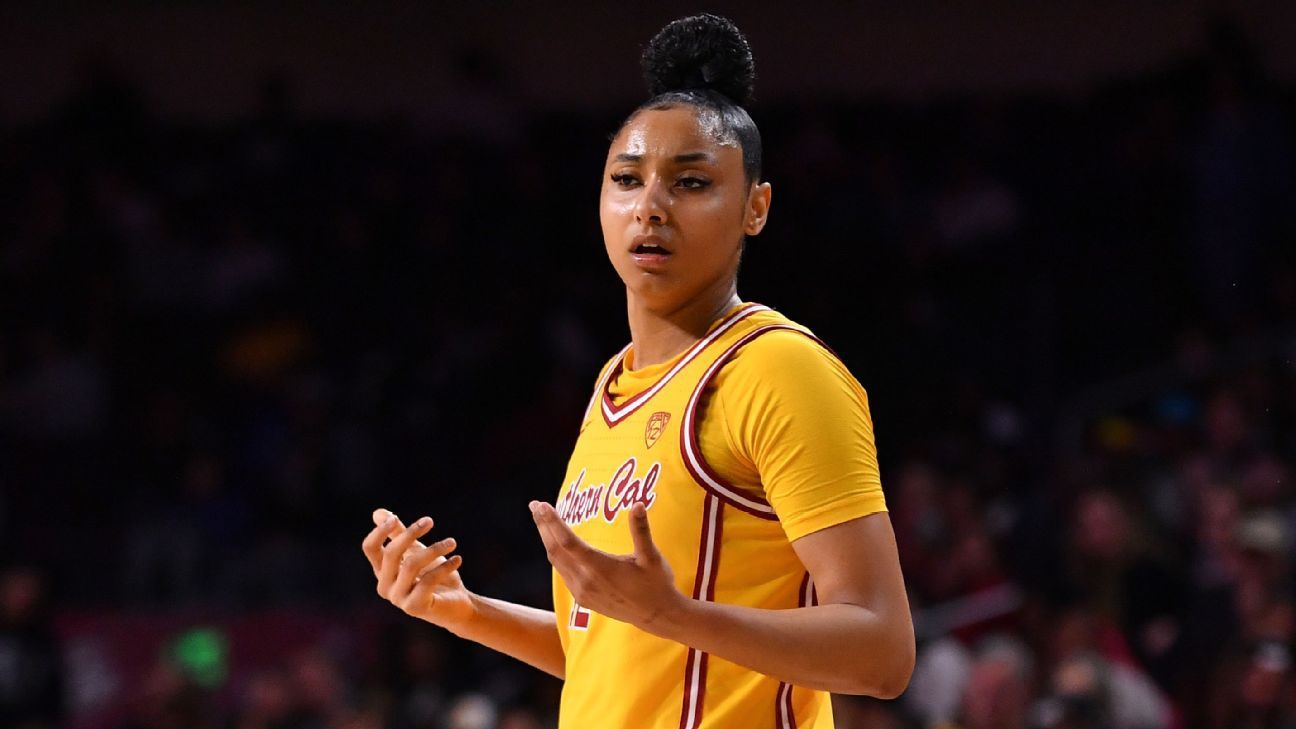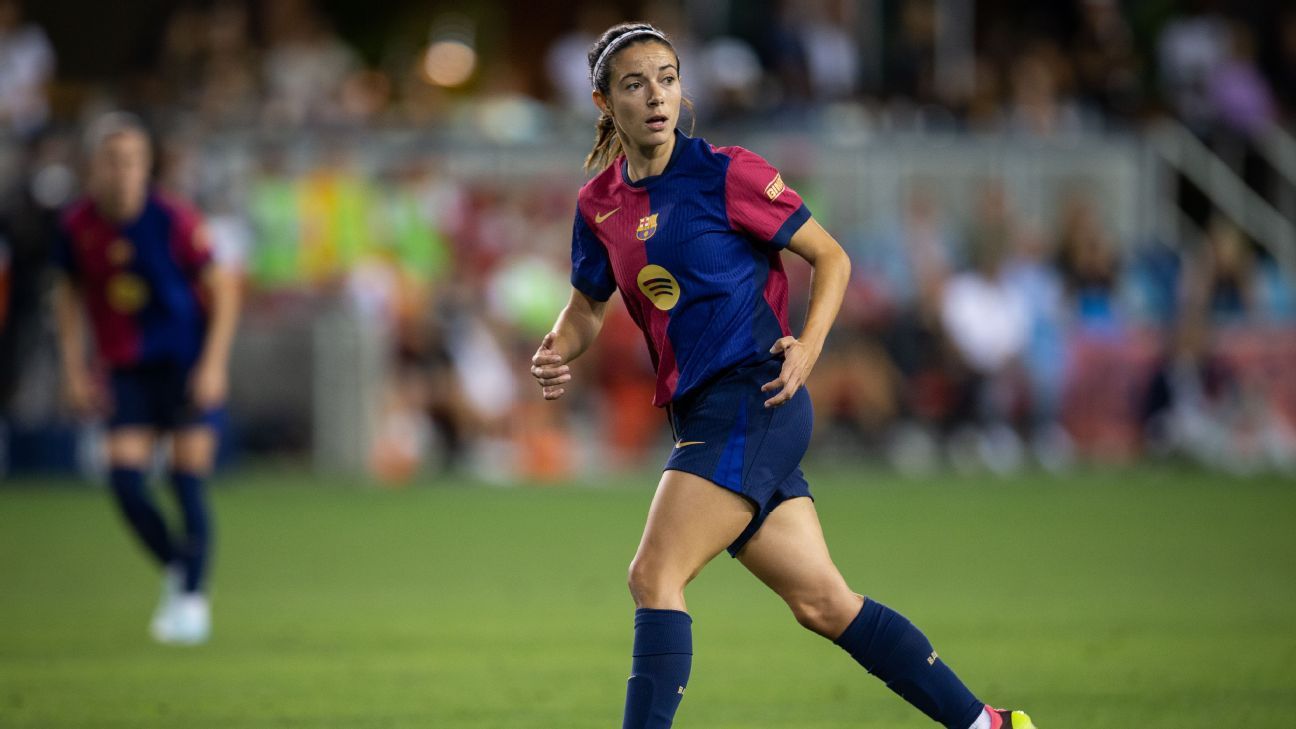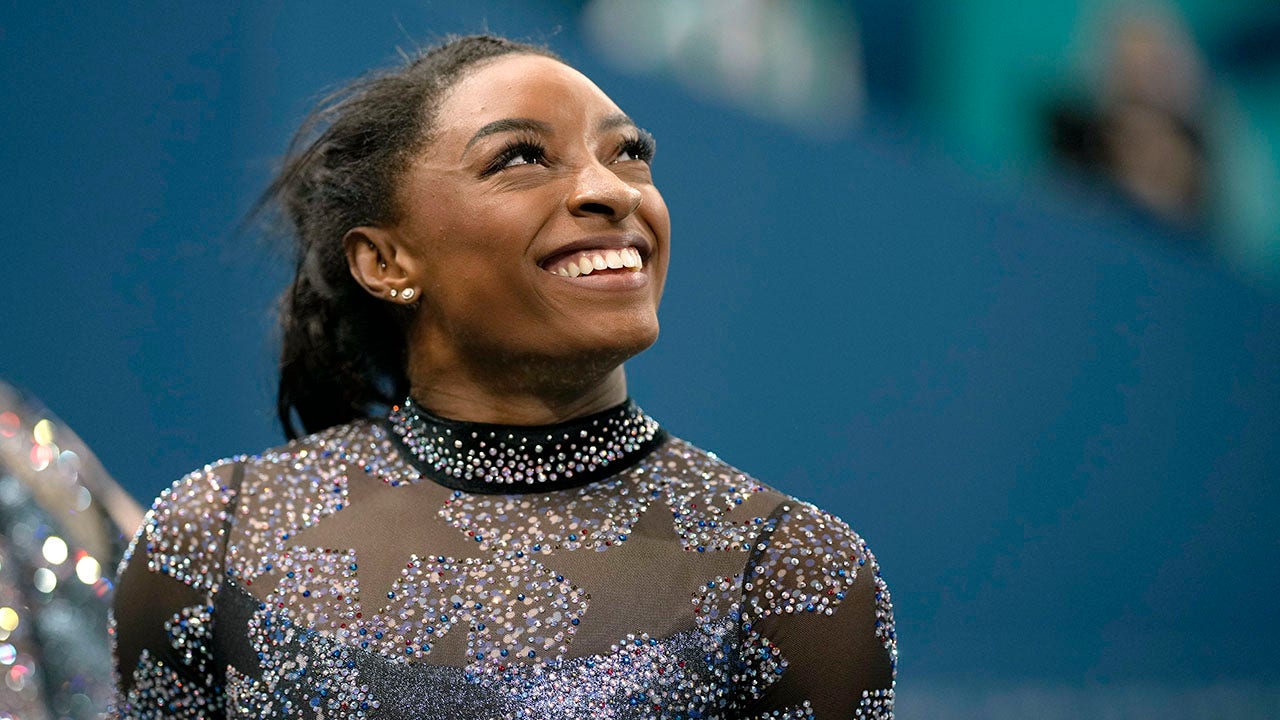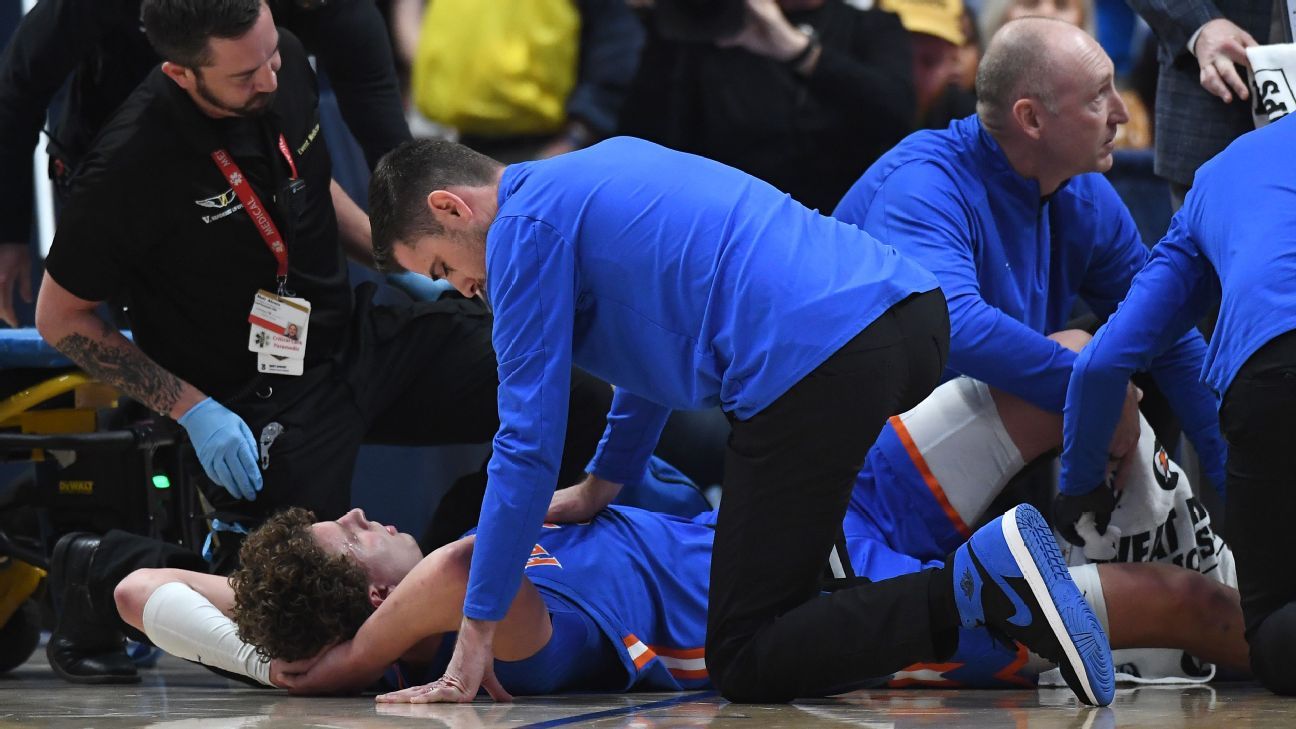After one of the most exciting and unpredictable women's college basketball seasons in recent memory, Selection Sunday has arrived.
It's been a fantastic ride, from Caitlin Clark's record-breaking season to another undefeated streak for South Carolina, and from the Pac-12's ultra-competitive run last season to all the dynamic freshmen lighting up courts across the country .
Evaluating schedules, quality wins, questionable losses, NET rankings, and all game observations has filled the land of Bracketology for the past six weeks. Now it's time for the NCAA women's tournament selection committee to take center stage and provide the final 68-team field.
As the committee continues to meet in Indianapolis ahead of Sunday's selection special (8 p.m. ET, ESPN/ESPN App), some decisions and team placements are simple. No one is going to spend much time on the number one overall spot. The Gamecocks ended that weeks ago. Many other aspects of the bracket will not be so easy to determine.
So what are the biggest questions facing the selection committee? Here's a look at the most pressing discussions facing the committee's 12 members.
What is the impact of Elizabeth Kitley's injury?
Having seen how Virginia Tech played down the stretch in its regular-season finale (loss to Virginia) and the ACC tournament (loud loss to Notre Dame in the semifinals), it's clear that the Hokies are significantly diminished without their star center. The three-time ACC Player of the Year suffered a knee injury against the Cavaliers and hasn't played since, sitting out the ACC tournament. Virginia Tech has not revealed Kitley's status, not even, as far as we know, the selection committee. He still describes it as day to day.
The committee has no choice but to take it at face value.
The philosophy on injuries is that only a team's complete resume will affect its inclusion in the NCAA tournament, but player availability, or lack thereof, can affect seeding. The Hokies have been in position to be in the top 16 and therefore host first and second round games. If the committee knew for certain that Kitley was not going to play, Virginia Tech's position as host could be in jeopardy.
When it comes to seeding, there isn't much precedent for star injuries late in the season. In 1998, Stanford lost Vanessa Nygaard to a torn ACL in the final game of the regular season and then Kristin Folkl four days later to the same injury. In that very different era, the Cardinal still received the number one spot. In the end, they became the first and only seed to lose to a No. 16, falling to Harvard.
Last year is the closest and most recent comparison to Kitley's situation. Notre Dame lost star guard Olivia Miles in the regular season finale due to a knee injury. The Irish were in a similar situation to the Hokies, hoping to host NCAA tournament games. But Notre Dame's status as a top-16 seed was even more tenuous than Virginia Tech's this year. Miles remained on the day-to-day roster until the start of the NCAA tournament; The Irish received the third seed and won two games in South Bend, Indiana, to reach the Sweet 16.
A week before the end of this regular season, Virginia Tech was in the running for first place if the Hokies had a strong finish. That quest ended with a decisive loss to Notre Dame on February 29. The Hokies' spot continued to fall based on how they played, dropping from No. 2 to No. 4. Without further knowledge of Kitley's playing status, that should be where they stay.
Stanford, USC or Texas for the final number one spot?
The Cardinal has a regular-season championship in the highest-rated conference in the country. USC won the Pac-12 tournament title. Texas fell short of first place in the regular-season race, but won the tournament in the Big 12, the second-highest ranked league in the country. The Longhorns have the highest NET ranking of the three. The Trojans have the most NET wins in the top 25. Stanford has the most in the top 50.
It's very close between these three teams, but there are only two number one spots left after South Carolina and Iowa. Someone has to be the second favorite.
The reason Texas is probably the odd team out comes down to the strength of the non-conference schedule. The high value placed on how a team schedules the team is the only consistent marker for the NCAA tournament selection committee over the past few seasons, even as members change from year to year. The Longhorns are 159th on the non-conference schedule. USC is ranked No. 93 and Stanford is No. 46. While Texas played, and beat convincingly, UConn and Arizona, all other non-conference games were against teams outside the NET top 100.
Will Gonzaga maintain a spot in the top 16?
The Bulldogs were a lock to host NCAA tournament games before the WCC tournament. They won all of their conference games by an average of 30.7 points during the regular season. And Gonzaga had beaten its finals opponent, Portland, by 50 just two weeks earlier.
But the Pilots upset the Zags in the WCC title game for the second straight year, and now Gonzaga resigns itself to an anxious Sunday. Bracketology kept the Bulldogs in the top 16 after the loss. Because Oklahoma and Kansas State lost in the semifinals of the Big 12 tournament, and Syracuse and Utah Utes were eliminated early in their tournaments, there was no team to emerge and take Gonzaga's place.
Still, the committee could give the top-16 edge to the Sooners, who won the Big 12 regular-season title, or the Wildcats, who have wins over Texas and Iowa.
It should be noted that Oklahoma cannot host even if the Sooners finish in the top 16. The Big 12 Gymnastics Championships are the same weekend as the first and second rounds of the NCAA Tournament and are held at the Lloyd Noble Center, the Sooners' home basketball stadium. That means the next highest seed in Oklahoma's middle of the pack would have the option to host.
In this case, the No. 5 seed (with Oklahoma as the No. 4) in that region would host games.
Will 17-15 Arizona take the field?
The Wildcats have been the “bottom team” in ESPN's field of 68 for more than a week. It's not unprecedented for a team so close to the .500 mark to take the field. But it's not common either. Oklahoma went 16-14 in 2018. Auburn was 17-14 when the Tigers received the No. 11 seed in 2017.
The Wildcats have a lot going for them, including the strength of the conference (the Pac-12 is No. 1 in the NET) and how they finished heading into the Selection on Sunday (a season-ending win over Stanford and two losses competitive against USC). They occupy the number 2 position in terms of calendar and the 35th position on the NETWORK.
The overall record works against him, as does a 2-10 mark against the NET Top 25 and a 7-15 record against the NET Top 100. However, those two top-25 wins are more than other bubble teams like Mississippi State and Penn State. and both finished the season poorly. Arizona earned a 19-point victory in its most recent game against Washington State, another bubble team.
When it comes to the Wildcats, there are a lot of contrasting facts that committee members will likely argue to the end.












